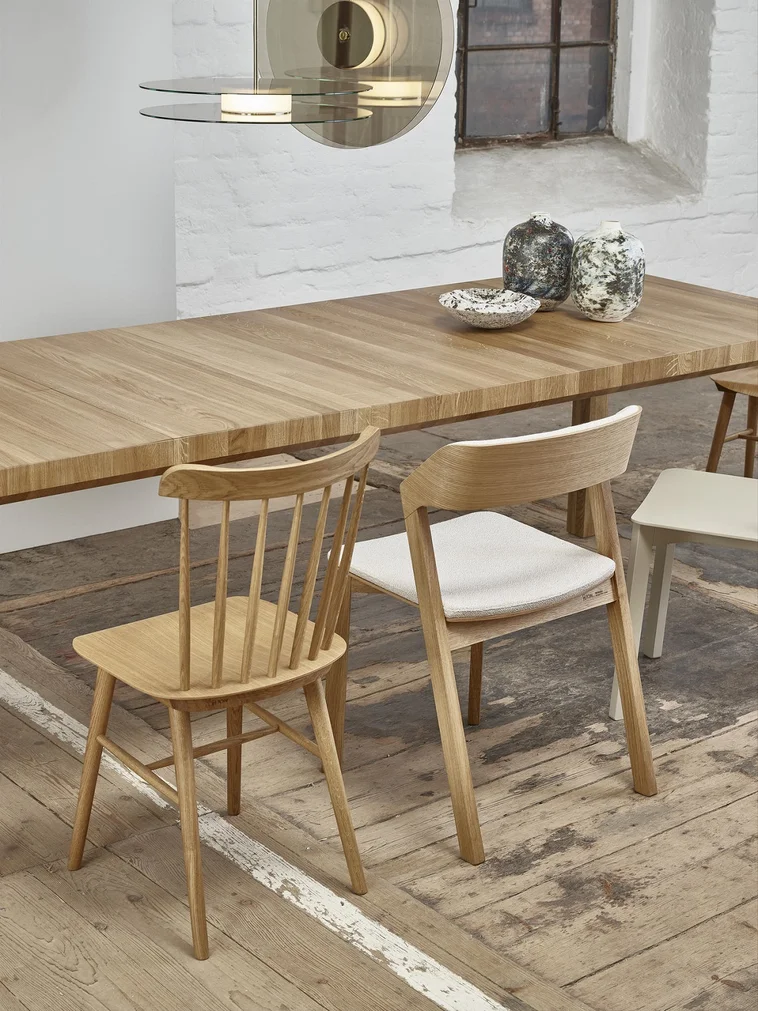
What is Designer Furniture?
The Art of Craftsmanship and Aesthetics
Designer furniture refers to furniture pieces meticulously crafted by skilled designers renowned for their creativity and expertise. These professionals masterfully blend aesthetics with functionality, infusing their distinct artistic vision into each piece. Characterized by originality, the use of high-quality materials, exceptional craftsmanship, and often a limited production run, these pieces are a testament to the designer’s unique style and brand identity. With its standout innovative approach, designer furniture offers a blend of practical use and artistic allure, making it a preferred choice for those who place equal emphasis on both form and function in their living spaces.
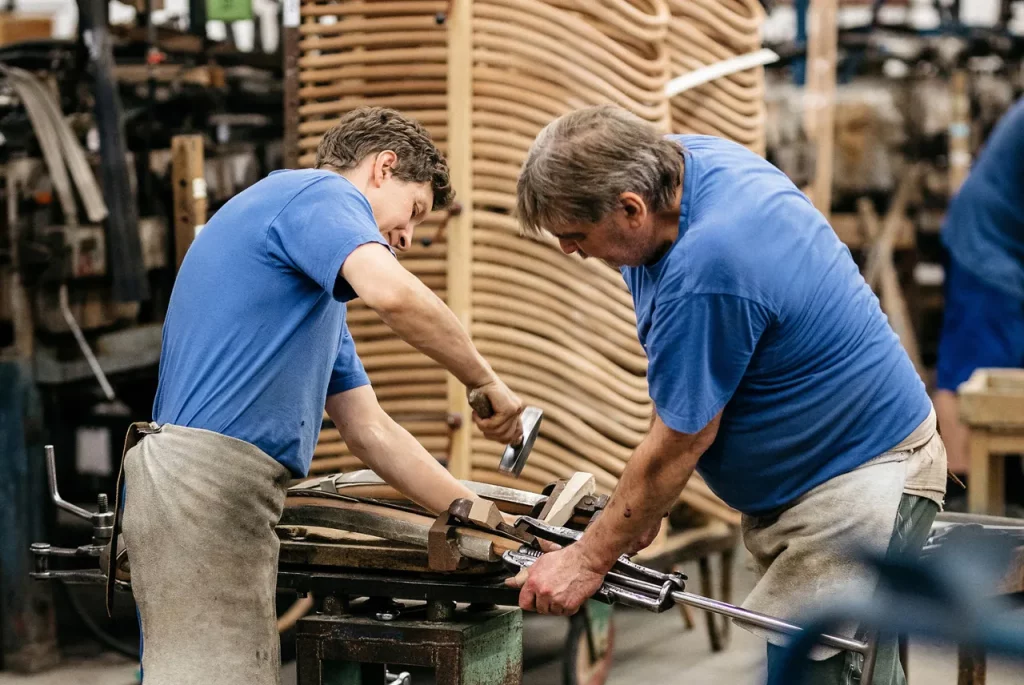
Distinctiveness of Designer Furniture: Beyond Mere Functionality
One might wonder, “What sets designer furniture apart from the rest?” The distinction lies in its unparalleled blend of form, function, and vision. Modern designer furniture isn’t just crafted; it’s conceptualized. Each piece is a manifestation of an idea, a design ethos translated into tangible form. From the selection of materials to the intricacies of design details, each aspect is meticulously curated. The resultant piece is not merely furniture; it’s a narrative of artistry, a tangible form of a designer’s vision.
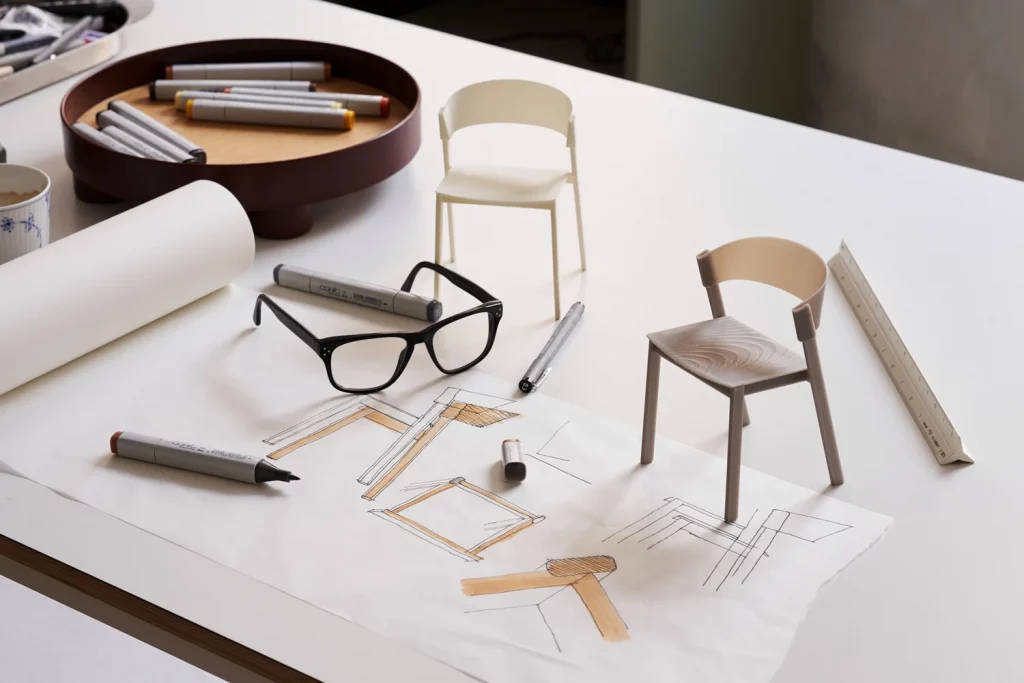
Scandinavian Designer Furniture: The Epitome of Elegance and Functionality
The ethos of Scandinavian design is a testament to the power of simplicity. Originating from the Nordic regions, where long winters necessitated functional and warm interiors, this design philosophy melded necessity with aesthetics. Scandinavian furniture often employs light-toned woods, echoing the natural landscapes of its origins. There’s an inherent warmth, a coziness, often termed “hygge” in Danish, which translates to comfort. Clean lines, muted palettes, and a harmonious blend of form and function make it a globally beloved design choice.
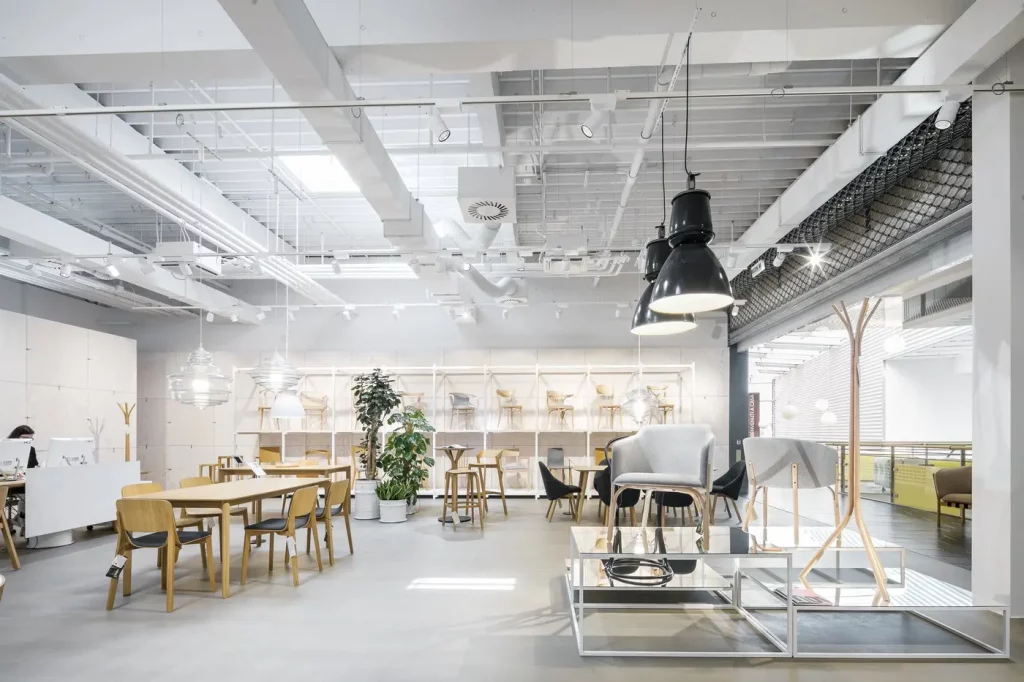
Famed Australian Furniture Designers: Carving a Niche on the Global Stage
Australia, with its unique blend of cultures and landscapes, has birthed a distinctive design ethos, reflected beautifully in its furniture designs. Over the years, several Australian designers have made their mark, not just domestically, but on the global stage.
Marc Newson: Contemporary Mastermind
A global name in design, Marc Newson’s Lockheed Lounge stands as a testament to his prowess. Blending fluidity with innovation, Newson’s creations redefine traditional design paradigms, earning him accolades worldwide.

Brodie Neill: Nature’s Modernist
Brodie Neill seamlessly marries Australia’s natural allure with modern design. His pieces, often reminiscent of the country’s scenic coasts, symbolize a harmonious blend of organic structures with contemporary flair.

Khai Liew: The Cultural Craftsman
Drawing from Asian and Australian roots, Khai Liew crafts pieces that echo multicultural narratives. His designs, characterized by simplicity and craftsmanship, celebrate diverse influences while staying true to Australian design principles.
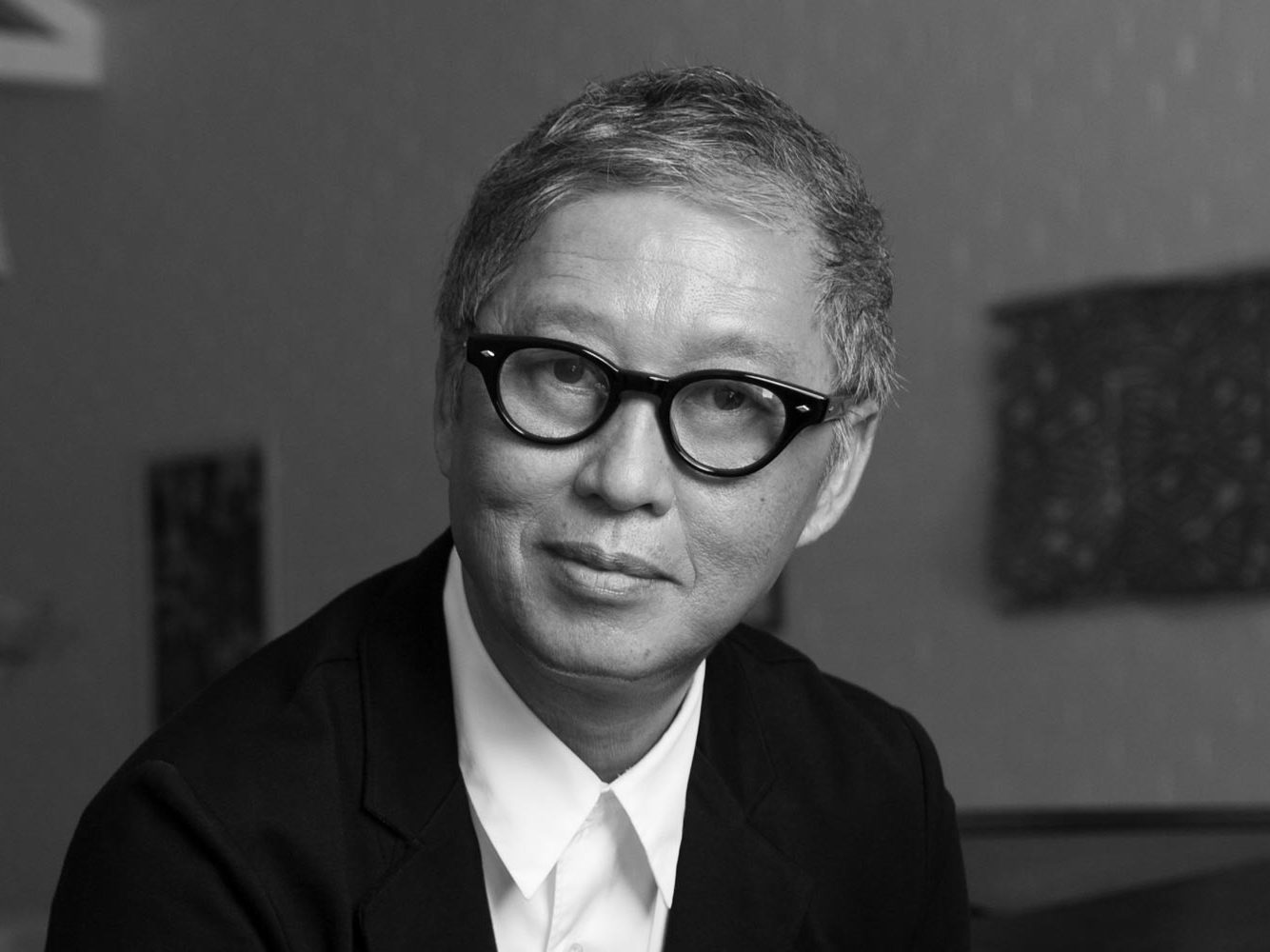
Key Considerations Before Investing in Designer Furniture:
- Authenticity: Ensure the piece is genuine. Authentic designer furniture often comes with certifications or unique markers proving its authenticity.
- Material Quality: Pay attention to the materials used. Opt for pieces made of high-grade materials that promise durability and longevity.
- Craftsmanship: Examine the artistry. Exceptional craftsmanship is a hallmark of genuine designer furniture.
- Design Philosophy: Understand the story and the philosophy behind the piece. True designer pieces always have a narrative that reflects the designer’s vision.
- Practicality: Consider the size and functionality of the piece in relation to your space. It should complement your living area both aesthetically and functionally.
- Long-term Investment: View your purchase as a long-term investment. Ensure the piece has a timeless appeal that aligns with your lifestyle and future decor plans.
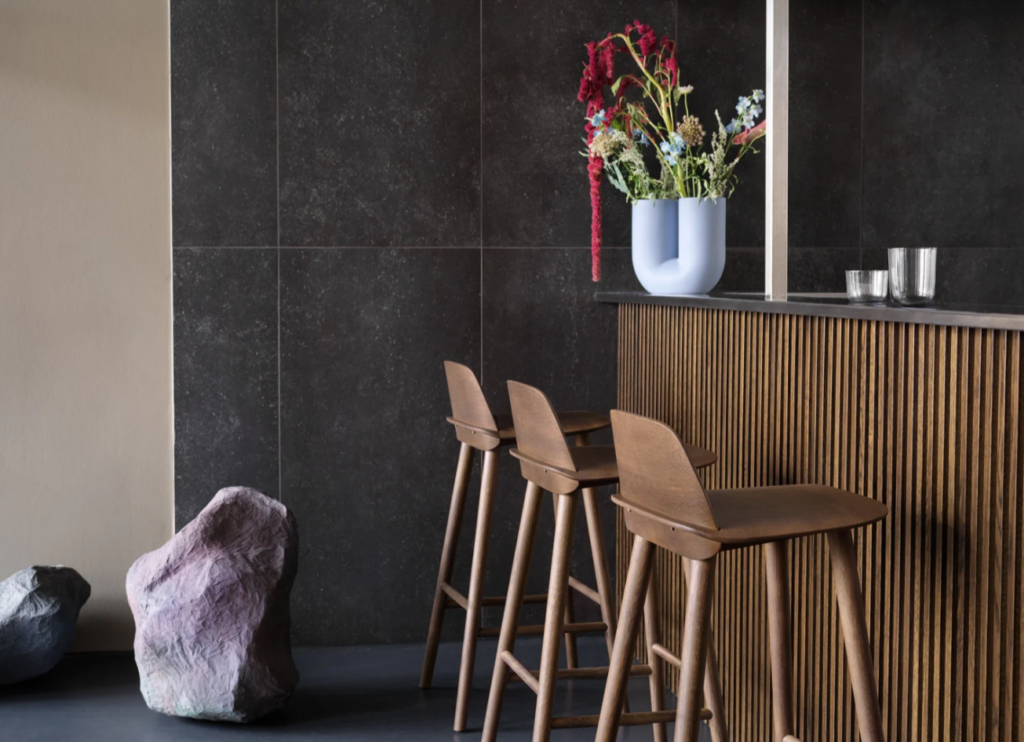
Revelling in the Beauty of Designer Furniture
As design philosophies evolve, so does designer furniture. The increasing focus on sustainable materials, smart furniture with tech integrations, and the perpetual quest for innovative designs hints at a future that’s as promising as it’s exciting.
In answering the question, “What is designer furniture?”, we’ve journeyed through time, explored design philosophies, and appreciated the meticulous craftsmanship behind each piece. Designer furniture, with its blend of aesthetics and functionality, offers a rich tapestry of experiences, waiting to be explored and cherished.
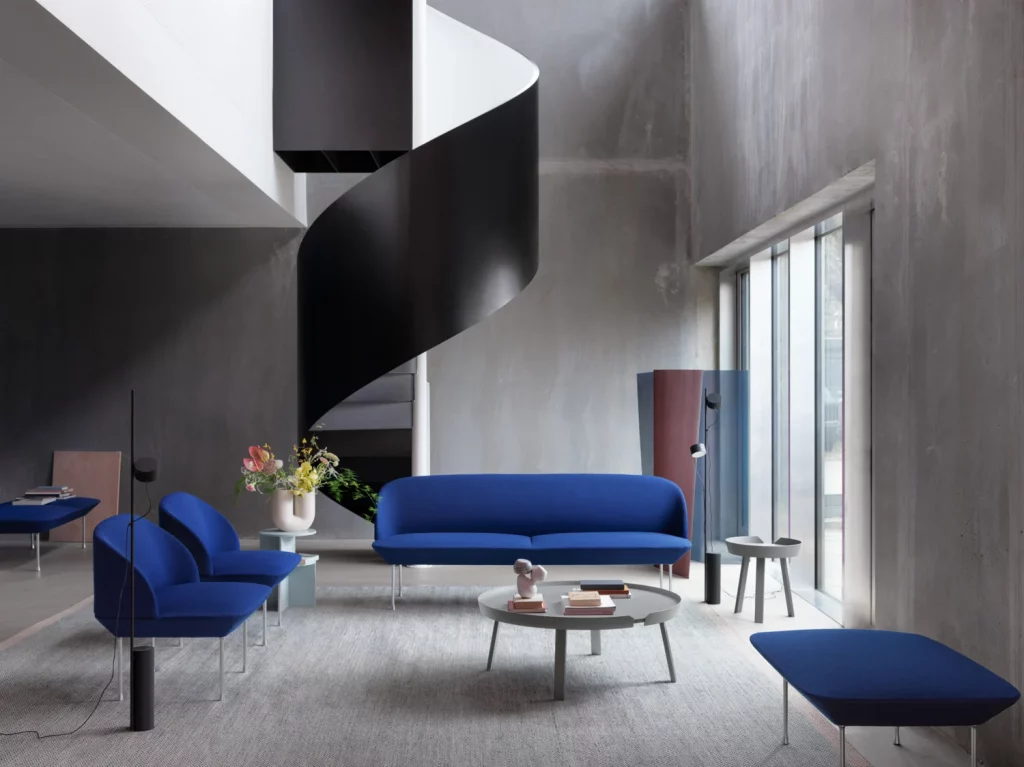
Frequently Asked Questions
Certainly. Beyond its practical utility, designer furniture can appreciate in value over time, especially if it’s from a notable designer or a limited collection. It also elevates the aesthetics of a space, potentially increasing property value.
Recognizing high-quality furniture involves a multifaceted approach. One should inspect the build: solid wood or high-grade materials indicate quality. Joints should be tight and seamless, and finishes smooth and even. The weight and stability of a piece can also suggest its calibre. Furthermore, quality furniture often comes with warranties or guarantees, speaking volumes about its longevity.
Identifying a furniture piece’s creator can be an investigative journey. Start by examining the piece for any markings, labels, or stamps, which often carry the designer’s name or brand. Documentation, like certificates of authenticity or purchase records, can also be valuable. When in doubt, researching design characteristics or consulting with experts can provide clues.
To gauge the calibre of furniture, look beyond its aesthetics. The craftsmanship should be evident in every inch, from the intricacy of its design to the finesse of its finish. Its structural integrity, the materials used, and even its functionality can all provide insights into its overall standard.
Designer furniture often offers superior craftsmanship and unique designs, potentially lasting longer than mass-produced items. For many, it’s an investment in style and quality. However, brand recognition doesn’t always equate to the highest quality. While some appreciate the distinctiveness and potential appreciation in the value of designer pieces, others might find comparable quality in more affordable alternatives. Its worth depends on individual priorities and budget.
